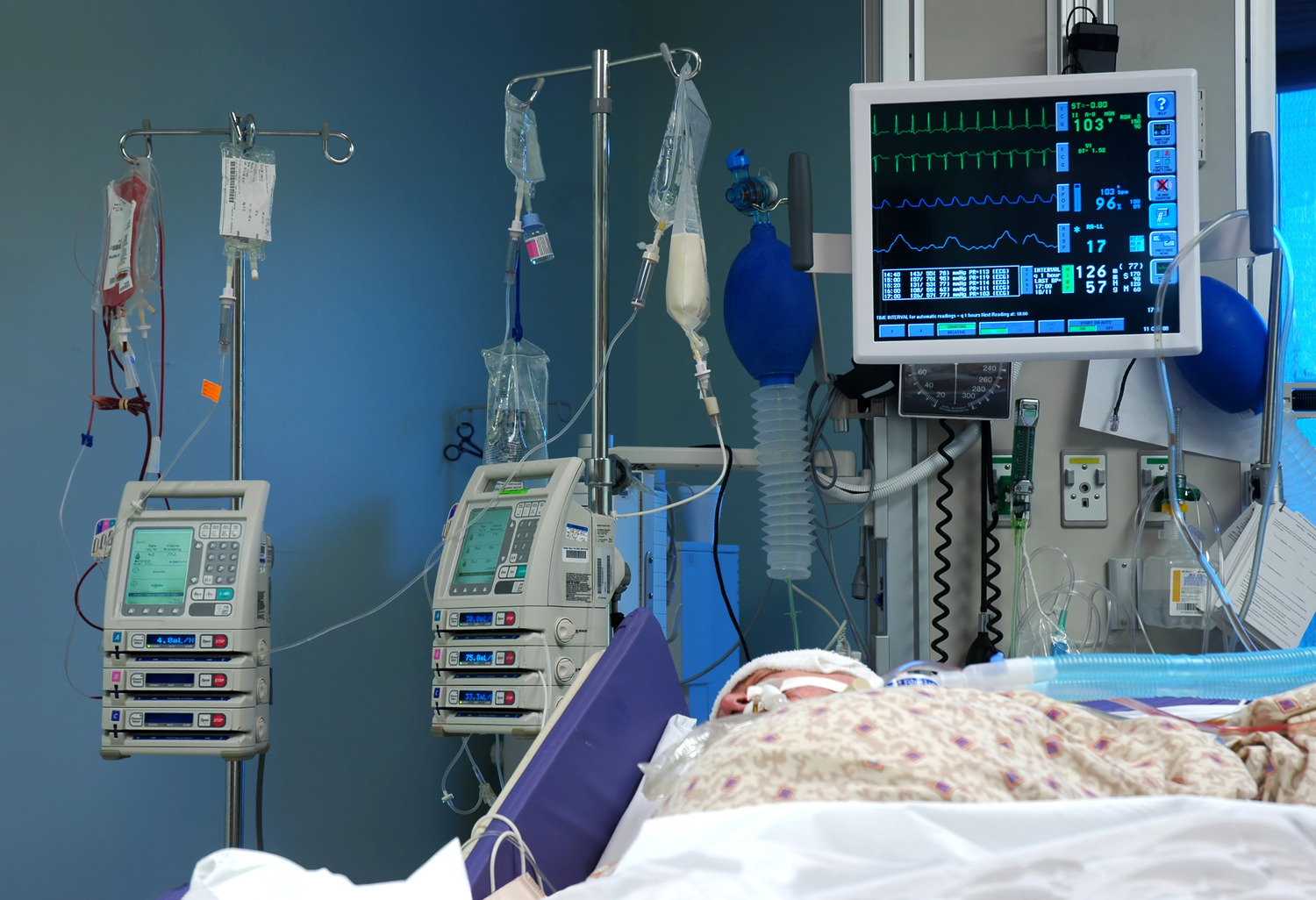
Pressure injury prevention is not a new concept in Intensive Care Units. However in the midst of the COVID-19 crisis, healthcare workers are dealing with critically sick patients on a whole new level.
COVID-19 has the potential to cause Acute Respiratory Distress Syndrome (ARDS), an acute lung condition in which there is inadequate oxygen supply due to fluid buildup in the lungs. Patients who have ARDS may need to be placed in a prone position to help improve oxygenation and ventilation. The prone position places patients flat with their chest/face down, putting different bony prominences at risk.
Tips to help reduce risk of PIs for prone positioning
As healthcare workers, it’s important to understand the different risks associated with prone positioning. The National Pressure Injury Advisory Panel (NPIAP) suggests the following tips to reduce the risk of developing pressure injuries (PI) while in the prone position:1
- Use a pressure redistribution support surface or positioning devices to offload pressure on the face and body.
- Once positioned, check for uneven distribution of pressure and positioning of medical devices if possible. Pay particular attention to breast region, knees, toes, penis, clavicles, iliac crest and symphysis pubis.
- Consider using additional PI prevention strategies such as prophylactic dressings under devices and over bony prominences.
- At each rotation, assess the face and other body areas that may be at risk when the individual is in the prone position.
Note that it’s also important to use appropriate support surfaces and pillows and reposition as soon as feasible when the prone position cannot be avoided.
Considerations to help reduce risk of MDRPIs
When using prone positioning, it’s also critical to ensure that patients aren’t getting PIs underneath medical devices. The following are some considerations to help reduce the risk of medical device-related pressure injuries (MDRPI):1
- Choose the correct size medical device to fit the patient.
- Use a prophylactic dressing beneath a medical device to reduce the risk.
- Remove the devices to assess skin at least daily when possible.
- Avoid device placement over sites of prior or existing PIs.
- Educate staff about the correct use of the devices and skin break down prevention.
- Be aware of edema under devices and the potential for skin breakdown.
- Confirm that devices aren’t placed under a patient who is bedridden or immobile.
References:
1 European Pressure Ulcer Advisory Panel, National Pressure Injury Advisory Panel and Pan Pacific Pressure Injury Alliance. Prevention and Treatment of Pressure Ulcers/Injuries: Clinical Practice Guideline. The International Guideline. Emily Haesler (Ed.). EPUAP/NPIAP/PPPIA; 2019.
